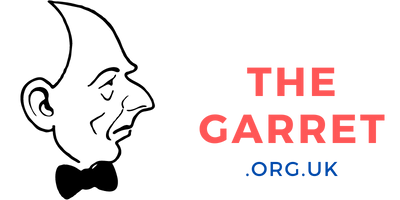Published: July 5, 2022, 14:43 Updated: July 25, 2022, 23:17Hydrogen-powered and self-driving vehicles, assistance robots and artificial intelligence that monitors residents' health. The Toyota Group will soon begin construction of Woven City, a prototype city powered entirely by hydrogen. This is where the solutions of the future will be shaped.A world beyond emissions and limitations – this is Beyond Zero It covers 175 acres and is located at the foot of the beautiful and famous Mount Fuji in Japan. This is where Toyota, in collaboration with many other companies, plans to develop technical solutions for automation, robots, personal mobility, smart homes and artificial intelligence. It sounds like science fiction, but it's not. Woven City is already drawn in detail digitally. Later this year, construction will begin on the city, which will eventually become a home for approximately 2,000 inhabitants.
Several countries are investing heavily
The new city will be powered entirely by hydrogen, a technology that the European Commission believes can help save the climate and has therefore launched an investment of over SEK 4,000 billion as part of climate policy. Several countries and companies are also investing heavily in hydrogen-based technology that can generate power for industries and homes, among other things, and act as fuel for vehicles. But while most companies are in the experimental stage to explore the possibilities of technology, there is one player at the forefront – Toyota The Japanese manufacturer discovered early on the outstanding capabilities of fuel cell technology and hydrogen. As early as 2014, the Toyota Mirai, the world's first series-produced fuel cell car, was presented. Just over seven years later, the next generation of Mirai is now launched, with bolder design, improved driving characteristics and better performance. The range is 650 km. The car is refueled in 4-5 minutes and best of all – its only residual product is water vapor.
Hydrogen must "clean" the transport systems
But Toyota's investment in fuel cell technology and hydrogen includes far more than passenger cars. The hope is that fuel cell technology will be able to contribute to "cleaning" a large part of the world's transport ecosystem. For example, it is possible to achieve carbon dioxide neutrality in trucks and heavy transport, trains, buses, taxis, ship traffic and industrial processes. Where the limits go for the ability of fuel cell technology is a key question for researchers in Woven City to find out.
Robotic logistics system
There is also much else on the agenda. The idea is to sharply research and test solutions that make life in a city easier, safer, more sustainable and joyful. An example is the robotic logistics system. Under the city, an ingenious system of culverts will be built, where self-driving distribution vehicles travel around and transport goods to the right body of the house. Once there, the trolley picks up the elevator and delivers the goods in a "mailbox" at the apartment. The community in Woven City will be interconnected with three different types of streets. Some will be entirely intended for self-driving vehicles, others for pedestrians with personal mobility vehicles and a third category will be clean pedestrian streets. Residents get access to the latest technology, such as assistance robots. Homes should be equipped with sensors connected to AI-based systems that facilitate everyday life and help residents maintain good health. Toyota has always said that they welcome new partners and companies that want to contribute to development. One idea is to allow researchers from all over the world to move into the city and work on their own projects.
Believe in different solutions
Although Woven City and fuel cell technology are central to Toyota's research and development, it is not believed that a single technical solution will suffice in the future. Instead, parallel tracks are required where electric hybrids, charging hybrids, electric cars and fuel cell cars cover different needs. By 2025, Toyota will have launched 40 new or updated electrified vehicles – which in that case will be the largest electrified model program on the market. The investment is part of Toyota's manifesto Beyond Zero, which aims to contribute to a better society and a better world. – Environmentally friendly technologies must be used by enough people to have an impact, therefore we must think new, states Toyota's CEO Akio Toyoda.
Did you know that…
Wo in Woven City houses will be built of wood and building technology mixes traditional Japanese craftsmanship with the latest findings… the residents of Woven City will be able to take advantage of the very latest technology with robots and artificial intelligence – all with human needs and desires such as … park environment will characterize Woven City. Pedestrians, slow-moving mobility aids and self-propelled transport modules coexist but are kept apart at the same time.A world beyond emissions and limitations – this is Beyond Zero

